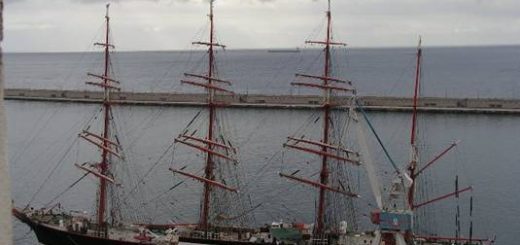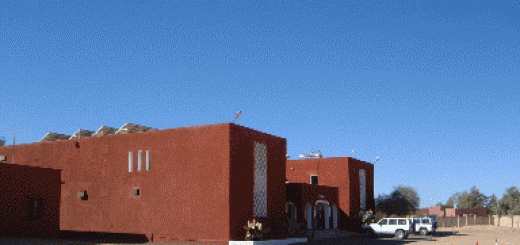New paper on detection of radioactive pollution at the Canary Islands after the Fukushima accident.
A new paper entitled “Arrival of radionuclides released by the Fukushima accident to Tenerife (Canary Islands)”, by López-Pérez et al., has been recently published in Journal of Environmental Radioactivity.
In this study, 131I, 137Cs and 134Cs activities were measured in two different stations located in Tenerife (FIMERALL at 300 m a.s.l. and Izaña at 2400 m a.s.l.) two weeks after the accident at the Fukushima-Daiichi nuclear power plant. Peak measured activity concentrations were: 1.851 mBq/m3 (131I); 0.408 mBq/m3 (137Cs) and 0.382 mBq/m3 (134Cs). The activities measured at the FIMERALL station were always higher than at IZAÑA station, suggesting that the radioactive plume arrived to the island associated with low altitude air masses. Simulations of potential dispersion of the radioactive cloud (137Cs) after the nuclear accident in reactor Fukushima I show that radioactive pollution reached remote regions such as the Canary Islands in the Eastern subtropical North Atlantic. The corresponding effective dose to the local population was 1.17 nSv, a value less than one millionth of the annual limit for the general public. Therefore, there was no risk to public health.
Time series for 131I and 137Cs measured at FIMERALL station
Full reference: M. López-Pérez, R. Ramos-López, Nayra R. Perestelo, X. Duarte-Rodriguez, J.J. Bustos, S. Alonso-Pérez, E. Cuevas, J. Hernández-Armas. Arrival of radionuclides released by the Fukushima accident to Tenerife (Canary Islands). Journal of Environmental Radioactivity, 116 (2013), pp. 180-186. doi: 10.1016/j.jenvrad.2012.09.011
Abstract and paper (pdf), here.







